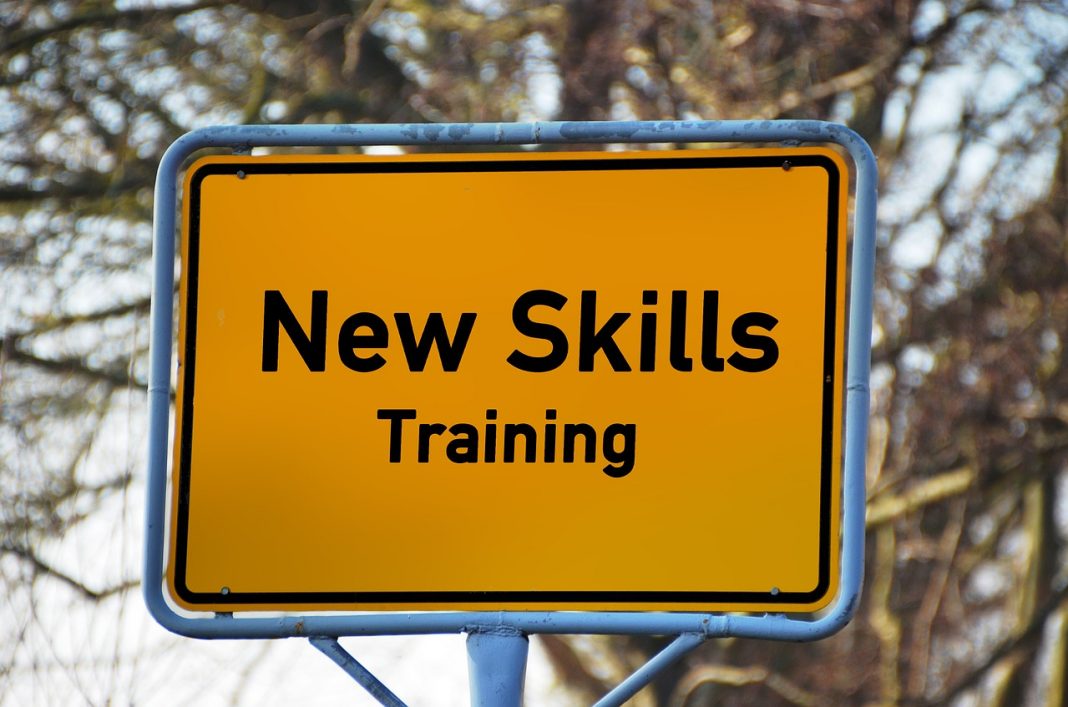What follows was written not by me but by the good folks at the Canadian Shooting Sports Association. It sisters-up nicely with my post here. Also this one. And this is a goody. (I have posted lots about guns and the lack of knowledge amongst politicians and the meda.) Like me, the CSSA is more than a little fed up with the media’s — and politicians’ — misinformation on guns. (I’ve also said that I think some of the misinformation is nefariously driven — i.e., they actually know better but design their messaging to purposely misinform and thereby drive their agenda. But anyway. “The more you know…”)
and to all those running for Elected Office
- The “AR” in “AR-15” rifle does NOT stand for “assault rifle” or “automatic rifle.” It stands for ArmaLite Rifle, after the company that developed it in the 1950s.
- The small box that ammunition is stored in to be inserted into the firearm is called a magazine, not a clip. To make it easy, just remember a clip is for your hair, a magazine is for a firearm.
- There are no assault rifles in Canada, they have been totally banned in Canada since the early 1970s. As defined by the U.S. Army, an assault rifle is a rifle with an intermediate range cartridge, a large-capacity detachable magazine, and selective fire capability. Selective fire means the gun can fire full automatic like a machine gun, or a single shot per trigger press, like all other semi-automatics.
- There is no such thing as an “assault weapon.” The term “assault weapon” was created by the U.S. gun control organization – the Violence Policy Center – for the sole purpose of muddying the waters between assault rifles (see above) and sporting firearms. There is no legal definition of “assault weapon” in Canada.
- The C-8 Police Patrol Carbine is an AR-15 with a fancy name. Same gun. Same ammunition. It is absolutely no different than any other AR-15 except for the fancy name. Police may use high-capacity magazines forbidden to civilians, and certain police units may also use C-8s capable of full-automatic fire, making these true assault rifles.
- Semi-automatic rifles in Canada do not have large capacity magazines. They are, by law, limited to 5 rounds.
- Lawful firearms owners are subject to a de facto RCMP background check once per day. This is performed by a program the RCMP calls Continuous Eligibility Screening. From the RCMP’s website:
- Continuous eligibility screening of firearms licence holders. Under the continuous eligibility regime, at any point during an individual’s licence validity period, an event could occur that could prompt a review of their eligibility to hold a firearms licence. The Canadian Firearms Information System (CFIS) contains current and historical firearms licence holder data. If a firearm licence holder is involved in an event which could affect their eligibility (as defined by section 5 of the Firearms Act), it is reported by law enforcement via the Canadian Police Information Centre (CPIC) database and sent to the relevant CFO for review. An event can also be registered by individuals using the CFP’s 1-800 number. A CFO is authorized to investigate the incident to determine if the client remains eligible to hold a licence.
- Those people prohibited from possessing firearms by the courts (firearm prohibition order) i.e. the bad guys, are not tracked by any police or corrections organization in Canada. That “privilege” is reserved only for those individuals who take the safety course, pass the test and background checks by the RCMP. (See Continuous Eligibility Screening above.)
- Canada’s firearms legislative framework is one of the strongest in the world. An individual must take a course, pass an exam (both written and practical), pass background investigations by several levels of police, provide 2 references, and wait for months to receive a firearms license.
- Persons wishing to acquire restricted firearms (like handguns or AR-15s) must take 2 courses and 2 exams, and pass even more stringent background checks and their firearms must be registered.
- Restricted firearms, such as handguns and AR-15s, may only be fired on federally-licensed shooting ranges. Transport permits are required to take these firearms to the range and home again. Any other movement of these firearms must be accompanied by the appropriate permit.
- All firearms owners must report a change of address within 30 days or face a possible jail sentence of 2 years. They must also pass daily background checks (see Continuous Eligibility Screening above). No such requirement exists for violent offenders on parole, for those prohibited from possessing firearms or for convicted pedophiles because the Supreme Court said such requirements would violate their civil rights.
- The AR-15 is NOT a powerful firearm. The power of a firearm does not come from the firearm itself, but from the ammunition cartridge it fires. The cartridge fired by the AR-15 – the 5.56 NATO or .223 Remington, is so weak that most jurisdictions in North America prohibit its use for deer hunting. The cartridge was designed to be small, light and accurate, not powerful.
- Handguns are not permitted for use for hunting, not because they are not suitable for hunting, but because of government decree. It’s legal to hunt with handguns in many countries around the world, including most states in America.
- Semi-automatic firearms are not new to Canada. Semi-automatic pistols were common prior to 1900, and the first semi-automatic hunting rifle was manufactured by Winchester in 1907. Four hundred thousand of these were sold before WWII and were produced into the 1950s. Semi-automatic firearms continue to be popular today for hunting and target shooting of all types. A semi-automatic firearm is NOT a machine gun, nor is it any deadlier than any other type of firearm.
- Conversion of a civilian semi-automatic firearm to full-automatic fire is not a simple task. It requires specific parts illegal in Canada, great technical skill and machining tools. It’s also against the law – a person convicted of converting a firearm to full automatic is subject to a 3-year jail term.
- Military Specifications: a firearm that is built to military specifications means it was built by the lowest bidder and to the minimum quality standard the military was willing to accept. Commercially manufactured firearms are built to much higher quality standards.
- Optical sights do not make a firearm more deadly – they make the target easier to see. In 2019, most rifles – of all types – have optical sights.
- The overwhelming majority of handguns used in crime are not sourced in Canada. The Toronto Police Service, the only police force tracking this information, shows only 18.6% of firearms used in crime originated in Canada. Only 9.4% of those were ever in the Canadian Firearms Registry. That means the remaining 9.2% were stolen from police or military services or were unregistered long guns used for criminal purposes. And since the vast majority of criminal shootings are done with handguns, we can assume the number of long guns is extremely small. Did you know, any firearm that is unsuccessfully traced automatically is put into the “originated in Canada” number?
- Neither StatsCan, the Canadian Firearms Program nor the RCMP track the source of firearms used in crime, not even the firearms owned by police agencies and the military.
- State-Funding of Sports Boondoggles Need To Be Sent To The Penalty Box - Wednesday March 13, 2024 at 4:44 pm
- I’m from the government and I’m here to help you become barely mediocre like us. - Tuesday March 5, 2024 at 11:53 am
- Big-Ass Government makes Big-Ass Blunder - Friday March 1, 2024 at 12:36 pm





